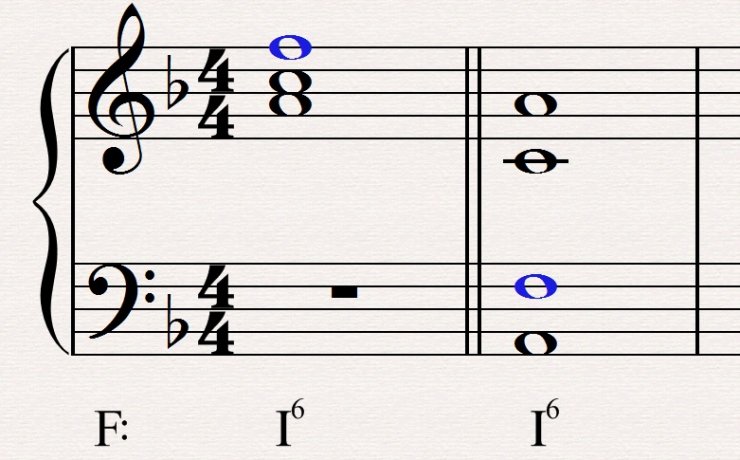

18.5 Specific seventh chords and their functions It then resolves down by step to D in the following V chord, whose root (B b ) is a fifth down. The chordal seventh (E b ) is prepared as a suspension by the preceding I chord. 2 is prepared and resolved exactly in the manner described above. In the following example, a D-minor triad becomes a seventh chord with the addition of the pitch C: A seventh chord simply adds a diatonic third above the fifth of the triad-or, in other words, a seventh above the root.
Seventh chords are built by extending triadic construction to include a fourth voice. 18.2 Construction and types of seventh chords A more specific discussion follows, touching on the commonly used seventh chords and the reasons why other seventh chords are not used. This chapter will present the various categories of seventh chords and familiarize you with their construction. It is this very dissonance, however, that makes the voice-leading of seventh chords a matter requiring special attention. Because seventh chords contain four distinct pitches and by definition include a dissonant seventh, they offer richer harmonies than their triadic counterparts. A chef might add some flavorful spices to a dish and a composer might add some extra pitches to their triads, thereby broadening the range of expressive sonorities.Ī seventh chord consists of a triad with an added pitch sounding a seventh above the root. Occasionally, however, both chef and composer might require something a little more exciting. A good chef can produce a delicious meal using just a few simple ingredients and a composer can write a compelling piece of music using only triads. If we compare the act of musical composition to cooking, we may think of triads as being analogous to the basic ingredients in a dish. Diatonic Polyphony and Functional Harmony


 0 kommentar(er)
0 kommentar(er)
